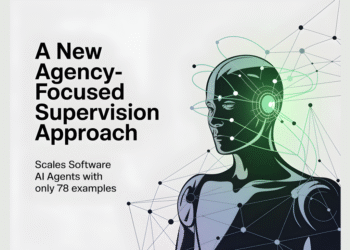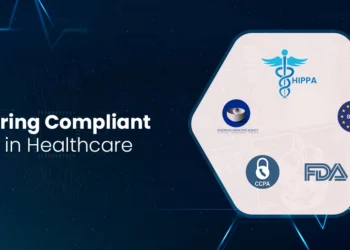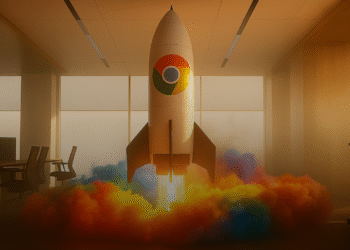Mattel has decided to give imagination a serious tech upgrade. The toy giant is teaming up with OpenAI to experiment with Sora 2, a cutting-edge AI video generator that can turn rough sketches into short, lifelike clips.
The partnership, revealed in a recent report detailing Mattel’s collaboration with OpenAI, could radically change how creative teams visualize and test new ideas — from Barbie’s next adventure to the physics of a new Hot Wheels track.
Designers at Mattel have started feeding their early-stage toy concepts into the system, watching Sora 2 build motion, lighting, and character behavior from a simple sketch.
It’s a bold step away from static renders and weeks of mock-ups. What once took teams several days to storyboard can now unfold in seconds, a change that one insider described as “watching the imagination come alive right in front of you.”
OpenAI’s first Sora model already caused a stir when it allowed users to create short AI-generated videos from text prompts.
That version had its limitations — jerky physics, inconsistent lighting, uncanny faces — but the new one, as shown in the company’s Sora 2 preview, adds better object stability, smoother transitions, and more realistic scene logic.
It’s not just about creating “pretty” videos anymore; it’s about generating believable, physical worlds that feel almost cinematic.
But with innovation comes tension. The new Sora 2 framework lets users pull from an enormous training dataset, which reportedly includes recognizable fictional characters unless rightsholders explicitly opt out.
According to a report describing the system’s copyright model, major studios like Disney have already issued opt-out requests to protect their IP.
The move has sparked debates over who really owns “AI-imagined” content — the creator, the company, or the machine itself.
Not everyone’s cheering, though. Critics warn that these new tools could flood social media with synthetic content that’s nearly impossible to distinguish from real footage.
Some have already coined the term “AI slop” to describe this surge, worrying that such media might undermine public trust.
An investigative piece on emerging AI platforms suggested that without stronger safeguards, the same models making adorable Barbie trailers could also generate deepfakes and misinformation at scale.
Still, the promise is too big to ignore. In an industry where visual storytelling sells toys long before they hit the shelves, being able to animate prototypes instantly could save millions in marketing and development.
A designer can sketch a new action figure today and see it leap, spin, and land in full color by lunch. That’s not science fiction anymore — it’s workflow.
And as one industry analyst noted in a commentary on Sora’s growing reach, the real revolution might not be the AI itself, but how it changes the pace of human creativity.
Personally, I find this both thrilling and a little unnerving. I’ve seen technology reinvent industries before, but this one feels different — faster, more visceral.
There’s something fascinating about watching a childhood toy company become an early adopter of generative AI.
It’s like watching nostalgia shake hands with the future. Whether this alliance ends up as a masterpiece of innovation or a cautionary tale of overreach, one thing’s certain: the line between imagination and creation just got blurrier — and a whole lot more interesting.

















